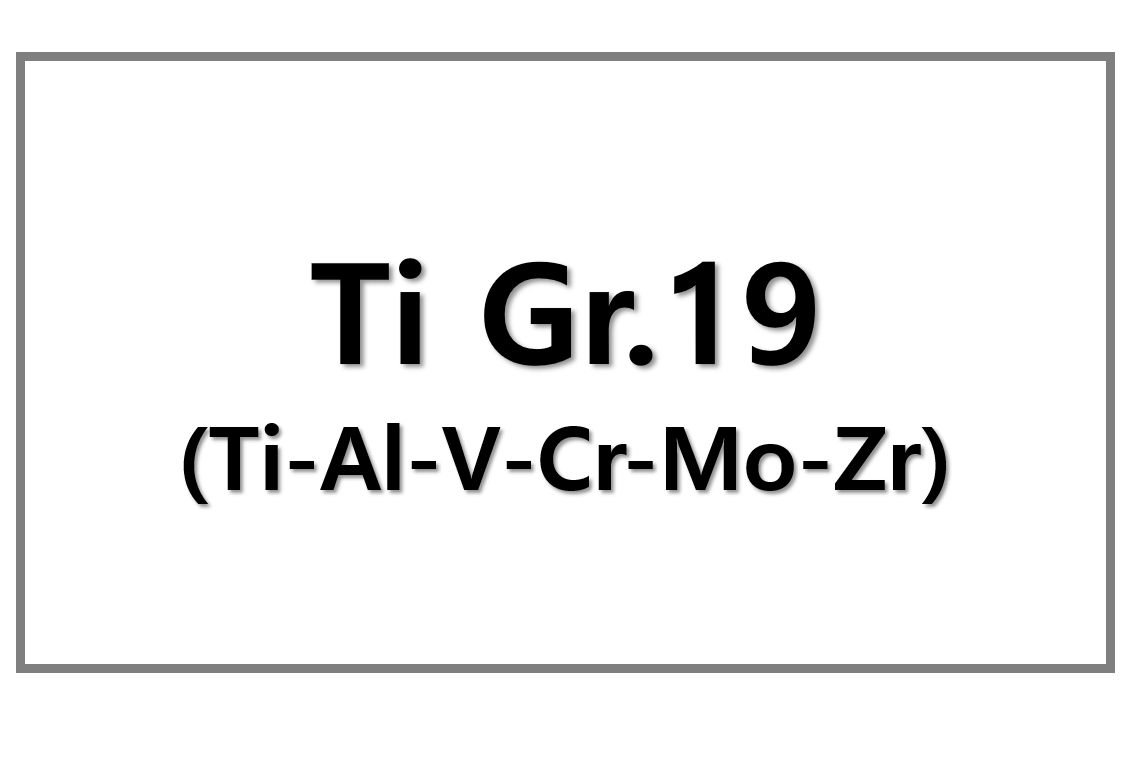
The Aluminum Association is pushing for an improved U.S. aluminum recycling system. The organization aims to boost domestic supply and sustainability. It represents 70% of North America’s aluminum production. The association’s “Aluminum for America” policy brief outlines key priorities for 2025. Notably, infrastructure improvements are crucial. Recycling refund programs are also needed. Extended Producer Responsibility (EPR) systems must expand.
Aluminum Recycling Drives Energy Efficiency and Job Growth
Aluminum recycling benefits both the environment and the economy. Recycled aluminum accounts for over 80% of U.S. production. This emphasizes the industry’s reliance on scrap metal. Increased domestic recycling meets the rising demand. Moreover, it supports manufacturing jobs. Energy savings result from recycling. Aluminum recycling uses 95% less energy than new production. Deposit-return and EPR systems maximize recycling potential. The Aluminum Association highlights this.
Trade Enforcement Critical to Protect U.S. Aluminum Industry
Stronger trade enforcement is vital. It addresses unfair practices, especially from China. China’s aluminum industry receives heavy subsidies. This creates unfair competition for U.S. producers. The Aluminum Association advocates for stronger import monitoring. They also want tariff harmonization within North America. These measures protect U.S. producers. They counter the $60 billion in Chinese subsidies. However, trade efforts must target key allies like Canada. Broader tariffs harm essential supply chains. SuperMetalPrice reports on these trade issues.
Economic Growth and Industry Investment
The U.S. aluminum industry contributes $228 billion to the economy. It supports nearly 700,000 jobs. Over the past decade, $10 billion was invested in recycling and processing infrastructure. Despite investments, primary aluminum production declined. Demand grows in packaging, automotive, and infrastructure. Charles Johnson stresses decisive policy action. U.S. aluminum demand rises by over 5% annually. Improved recycling and trade measures are necessary. This secures the industry’s future and promotes sustainability.











Leave a Reply
You must be logged in to post a comment.